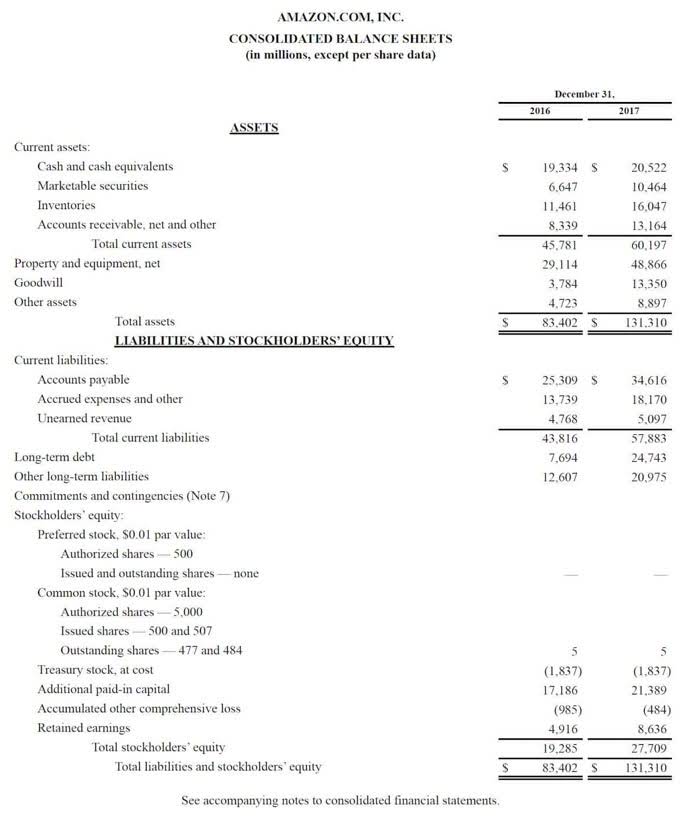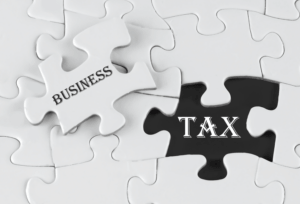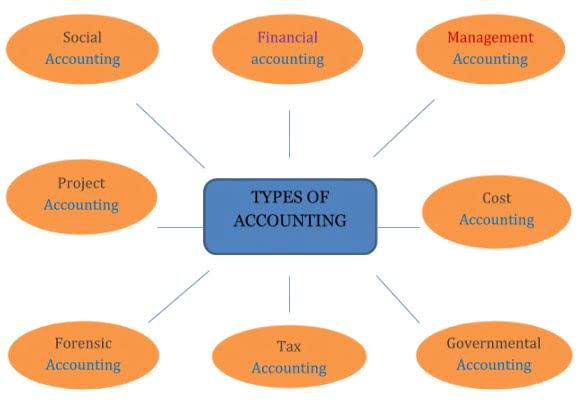How To Account For Outstanding Checks In A Journal Entry?
Keep in mind, a bank account is an asset to the company BUT to the bank your account is a liability because the bank owes the money in your bank account to you. For this reason, in your bank account, deposits are credits (remember, liabilities increase with a credit) and checks and other reductions are debits (liabilities decrease with a debit). In accounting, cash includes coins; currency; undeposited negotiable instruments such as checks, bank drafts, and money orders; amounts in checking and savings accounts; and demand certificates of deposit. A certificate of deposit (CD) is an interest-bearing deposit that can be withdrawn from a bank at will (demand CD) or at a fixed maturity date (time CD).
Outstanding checks are not just a line item on a bank statement; they are an active part of financial management that requires diligent tracking and understanding. By considering the various perspectives and implications, individuals and businesses can ensure they maintain a clear picture of their financial health. From the perspective of an individual or a business, managing outstanding checks is a key aspect of financial housekeeping.
Step 3: Time to collect patient payments
This process, known as bank reconciliation, is essential for maintaining the integrity of financial records and can help in identifying any unauthorized transactions or accounting errors. In the meticulous world of bookkeeping, the management of outstanding checks is a critical task that requires diligent attention to detail and a systematic approach. From the perspective of a business owner, these uncashed checks are a liability, as they represent funds that are seemingly available but actually allocated for payment. For accountants, they are a reconciling item in the bank reconciliation process, demanding careful tracking to ensure accuracy in financial statements. This can lead to the check writer spending money that has yet to be withdrawn, resulting in overdrawn bank accounts and bounced checks. If he hasn’t recorded the money going into the bank, then your trial balance can’t be correct.
A helpful tip is to match records regularly, either monthly or weekly, to catch discrepancies early and avoid any last-minute surprises at the end of the month. When a check has been issued but not yet cleared, it creates a temporary difference between your book and bank balances. If the check was lost or a dispute arises, initiating a stop payment order through your bank becomes an option. To place a stop payment, you need to provide specific details like the check number, amount, date, and payee information. Deferred tax is a critical and complex element of a company’s financial statements, often causing… You can check the check for errors, contact the payee, contact their bank or financial institution, place a stop payment order, or hire a private investigator.
Businesses must navigate these waters carefully to ensure compliance and maintain the integrity of their financial statements. It’s a complex dance of legal obligations and financial strategy, where every step must be measured and every move calculated. The handling of outstanding checks, therefore, is not just a clerical task but a significant legal responsibility.
Step 1: Set up systems to successfully collect patient payments
- However, there are instances where the payee cannot be located, and the check remains outstanding.
- Understanding this process is crucial, especially when dealing with outstanding checks.
- This proactive approach not only keeps the books balanced but also helps in building trust and reliability with suppliers and partners.
- By taking these steps, they can streamline the transaction process, reduce the likelihood of errors, and safeguard their financial interests.
These tasks are performed automatically if you’re using an automated accounting application, but for those using a manual system, you’ll need to record these transactions manually in your general ledger. While the year-end financial close is the most comprehensive and typical closing process, most accounting departments also complete a close for each accounting period. From the viewpoint of the payees, the delay in cashing checks might be due to a variety of reasons. Some may hold onto checks as a form of informal ‘savings,’ while others might not cash them due to oversight or because they have lost the physical check. In some cases, it could also be a lack of urgency if the amount is insignificant to the payee. A quick email or phone call can prevent unnecessary delays or the need to reissue the check.
Managing Outstanding Checks as the Issuer
Learn how to manage your bank balance, avoid financial surprises, and handle outstanding payments effectively. An outstanding deposit is that amount of cash recorded by the receiving entity, but which has not yet been recorded by its bank. These deposits are subtracted from the book balance of the receiving entity to arrive at the bank balance. Outstanding Checks Examples The bank statement contains a $100 service charge for operating the account. After exploring the different aspects of check clearing, it is clear that understanding the process is crucial for anyone who handles checks. From the importance of keeping track of outstanding checks to the options available for resolving them, there are many factors to consider.
Track the Status of Every Outstanding and Stale Check
The reconciliation Monthly Procedure For Outstanding Checks process involves identifying these checks, determining why they have not been cashed, and taking appropriate action to resolve the discrepancies. This process not only helps in maintaining accurate bookkeeping but also safeguards against potential financial fraud and errors. From the perspective of an accountant, the reconciliation process is a meticulous task that requires attention to detail and an understanding of the company’s cash flow. On the other hand, from a managerial standpoint, it is a strategic activity that provides insights into the company’s financial commitments and helps in making informed decisions. Stay proactive in tracking and reconciling your accounts, communicate with recipients, and leverage the benefits of online banking tools. With these measures in place, you’ll be better equipped outstanding check meaning to navigate the complex world of outstanding checks and keep your finances in order.
Where Do Outstanding Checks Go on a Bank Reconciliation?
The reconciliation process ensures that the company’s cash records match the bank’s records, reflecting the true amount of cash available. This adjustment is not just a mere formality; it’s a critical step in financial reporting and compliance with accounting standards. Streamlining the process of managing outstanding checks is crucial for ensuring the efficiency and accuracy of bank reconciliation. This task, often overlooked, plays a pivotal role in the financial health of businesses. By refining this process, companies can avoid the pitfalls of unclaimed assets and maintain robust financial records. From the perspective of an accountant, the meticulous tracking of outstanding checks prevents discrepancies that could lead to significant financial adjustments.
By systematically identifying and managing outstanding checks, businesses can maintain accurate financial records and avoid potential cash flow issues. It’s a meticulous process that requires attention to detail and a proactive approach to financial management. Remember, outstanding checks might seem like a minor issue, but they hold the key to ensuring the integrity of your financial statements.
The process of cashing or depositing the check is called “clearing the check.” If the payee decides not to deposit or cash the check right away, it remains outstanding. This means that although the payor’s account balance is reduced due to writing the check, no funds have been transferred out of their account yet. An outstanding check, also known as a stale check or a dormant check, refers to a check payment written by someone that has not yet been cashed or deposited by the payee. The term “outstanding” indicates that the transaction remains uncompleted, with the liability resting on the payor until the check is processed.
- In this section of the blog, we will discuss the steps to take if the payee cannot be located.
- The accountant then issues a stop payment on Check #101 and reissues a new check to the supplier.
- Now that the performance has been evaluated, it’s time to assess the practice’s current financial policy or develop a new one.
- A written stop payment order is usually effective for six months, while a verbal request may only last for 14 days unless confirmed in writing.
- Outstanding checks represent a liability for the payor since they have not yet been processed by their bank.
This step is crucial because it affects the accuracy of financial statements and ensures that records are up-to-date. Outstanding checks can be a source of confusion and accounting errors, leading to potential financial discrepancies. From the perspective of an accountant, the identification of these checks is a safeguard against fraud and errors.
From the perspective of the company, these checks are an adjustment to the balance per bank, ensuring that the true cash position is reflected in the financial statements. For the bank, they remain in the ‘pending transactions’ until cleared, not affecting the bank’s stated balance until then. Outstanding checks are not merely administrative footnotes but are instrumental in providing a transparent and accurate picture of a company’s financial health. They demand attention, meticulous tracking, and a proactive approach to ensure that the financial statements reflect the true state of affairs. By understanding and managing outstanding checks effectively, businesses can avoid cash flow pitfalls and maintain robust financial practices. When managing personal finances, it’s crucial to have a clear understanding of all the elements on your bank statement.

































